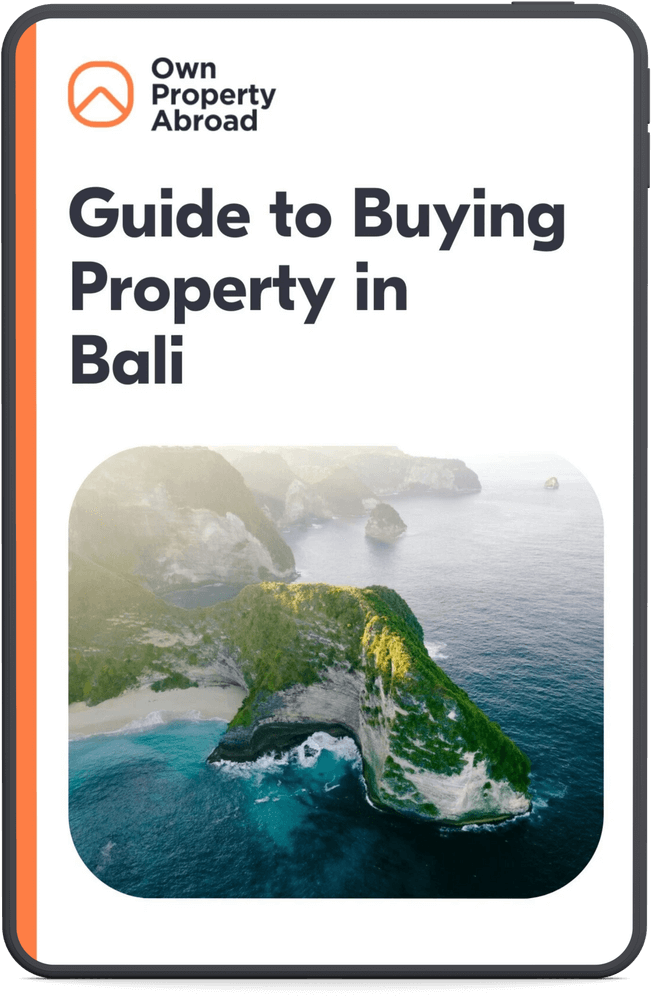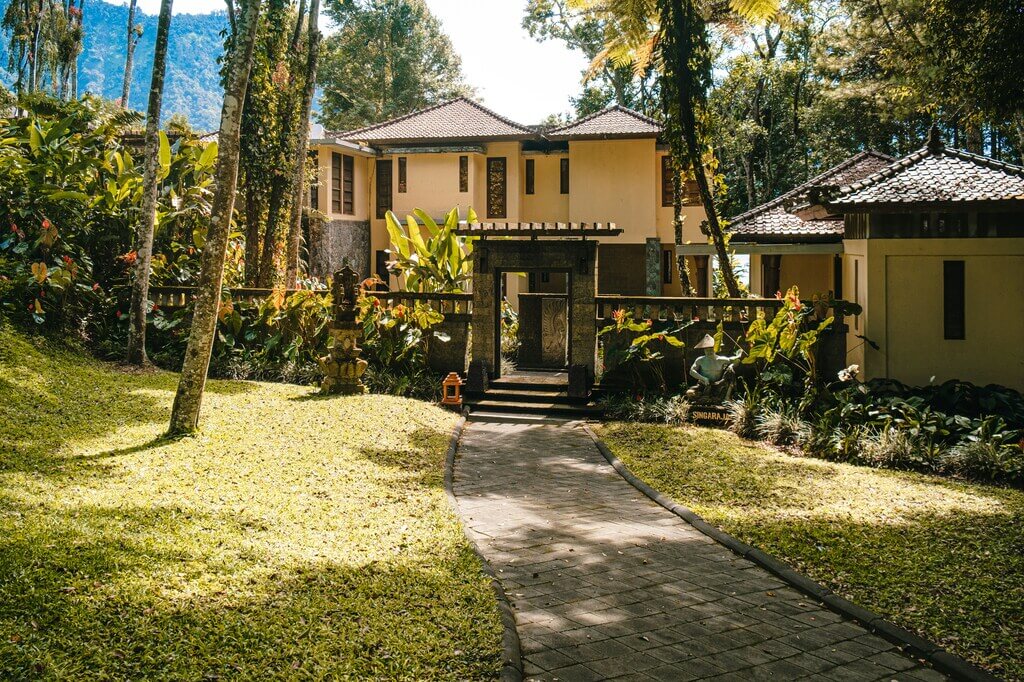Why property value analysis matters
Property value represents the estimated worth of a real estate asset, influenced by elements such as location, condition, size, and market demand. It plays a vital role in real estate investing, enabling investors to evaluate potential returns, make informed purchasing choices, and determine the profitability of their investments. Analyzing property values in Bali requires investors to understand the different factors affecting market value. Bali real estate market insights help ensure that you establish a reasonable and attractive rental rate for those engaging in rental businesses. Moreover, setting the purchase price in selling properties in Bali is streamlined through proper property value analysis.
Valuable insights and practical advice, distilled from years of expertise and real-world experience.


Factors influencing property values in Bali
Precise property value analysis is crucial for developing effective real estate investment strategies, and analyzing property values in Bali requires these factors to be considered.
1. Location
One of the significant Bali property value trends affecting properties is location. Prime locations like Seminyak benefit from their proximity to beaches, world-class amenities, and well-established infrastructure, driving higher property values and rental rates. In contrast, emerging areas in Bali like Munggu and Balangan offer growth potential, attracting investors seeking more affordable options with future appreciation potential. When analyzing property values in Bali, it is crucial to consider the property’s location since it directly affects property value. For instance, properties near the central business district (CBD), like Seminyak, have higher rental rates than those far from the CBD.
2. Property type
Property type must be considered when analyzing property values in Bali because spatial amenities, neighborhood attributes, and property characteristics play a crucial role in determining property values. It varies significantly based on the type, with villas often commanding higher prices due to features like spacious layouts, private pools, and scenic views. While generally more affordable, condos appeal to buyers seeking convenience and modern amenities, making them popular in urban areas.
3. Ownership structure
Generally, freehold properties are priced higher than leasehold due to their ownership structure. Freehold properties offer full ownership and long-term control. Still, they are usually restricted to Indonesian nationals or foreign-owned companies, while leasehold agreements, typically lasting 30 years and extendable up to 80 years, provide extended use rights without ownership. The lease duration also influences long-term property value and investment potential. Analyzing property values in Bali requires comparing freeholds vs. leasehold Bali properties to arrive at an accurate analysis.
4. Market trends
Bali real estate market insights and trends can aid investors in property value analysis. The real estate market has established trends that propel prices. On top of that, seasonal fluctuations in demand, driven by tourism peaks and off-peak periods, influence rental yields and property prices. Property supply should also be considered, as it directly affects property value in specific locations. Furthermore, significant infrastructure developments like the planned North Bali Airport are also expected to boost accessibility and property values in surrounding areas.
How to analyze property values in Bali: 4 essential steps
Several steps must be followed to ensure an accurate and current analysis of how to evaluate Bali properties. These steps are crucial for obtaining reliable information and understanding market trends.
1. Research comparable properties
When analyzing property values in Bali, collect data from recent sales records, active listings, and reliable sources like sales registries or real estate platforms. Gathering enough information from different sources helps arrive at a practical analysis. Verifying this information ensures accurate market comparisons, while tools like LandLoom provide comprehensive metrics to simplify the process and assess market trends confidently.
2. Calculate the price per square meter
The price per square meter in Bali is a crucial metric for analyzing property values, providing a consistent basis for comparing property values across locations and evaluating investment potential. Real estate data analytics Bali tools like LandLoom enhance this process by delivering precise data on price per square meter in Bali, empowering investors to make well-informed decisions.
3. Evaluate market trends
Investors can spot emerging opportunities and make well-timed decisions by analyzing historical and current property prices. LandLoom provides a valuable resource for tracking Bali property value trends, offering easy access to real-time and historical data to help investors predict future growth and value changes.
4. Assess rental yield and ROI
Calculating the potential return on investment (ROI) is an essential part of analyzing property values in Bali. Rental yield assesses the annual income as a percentage of the property cost, while ROI measures overall profitability over time. Rental yield analysis of Bali properties provides an overview of the property’s profitability. LandLoom streamlines this process by providing detailed rental yield metrics, empowering investors to make informed, data-driven decisions that maximize returns.
Common mistakes to avoid when valuing Bali real estate
When analyzing property values in Bali, it is essential to avoid common mistakes that can lead to inaccurate assessments. One key error is placing too much weight on asking prices, which may not reflect the actual market value. Ignoring long-term market trends is another pitfall, as it can skew the understanding of a property’s future potential. Additionally, failing to account for the complexities of ownership, such as the differences between freehold and leasehold properties, can impact an investment’s actual value and long-term profitability. By being mindful of these factors, investors can make more informed and accurate property valuations.
LandLoom is your ultimate tool for navigating Bali’s real estate market. Access detailed analytics, market trends, and property insights to make data-driven investment decisions.

Frequently Asked Questions (FAQs)
How can I accurately analyze property values in Bali?
You can accurately analyze property values in Bali by gathering reliable data from recent sales, active listings, and historical trends while considering factors like location, property type, ownership complexities, and market fluctuations. LandLoom is a trusted real estate analytics platform for analyzing property values in Bali.
What factors influence property prices in Bali?
Property prices in Bali are influenced by location, proximity to beaches and amenities, property type, market demand, infrastructure developments, ownership structures (freehold vs. leasehold), and long-term market trends.
What tools can help me analyze Bali’s real estate market?
Tools like LandLoom can help analyze Bali’s real estate market by providing accurate data on property prices, rental yields, market trends, and specific regional insights.
Why is price per square meter important in Bali property analysis?
Price per square meter is important in Bali property analysis as it offers a standardized way to compare property values across different locations, helping investors assess affordability and potential returns.
What’s the value difference between freehold and leasehold properties in Bali?
The value difference between freehold and leasehold properties in Bali typically arises from the full ownership rights of freehold properties, which tend to have higher long-term value, compared to leasehold properties, which offer temporary ownership with limited lease durations.






